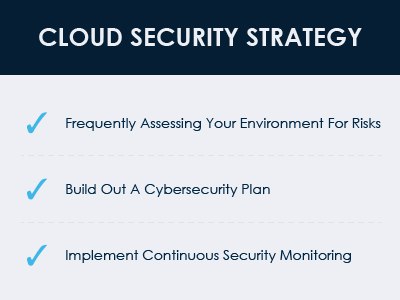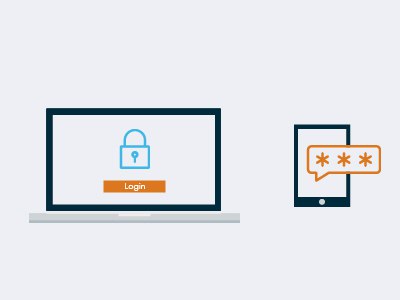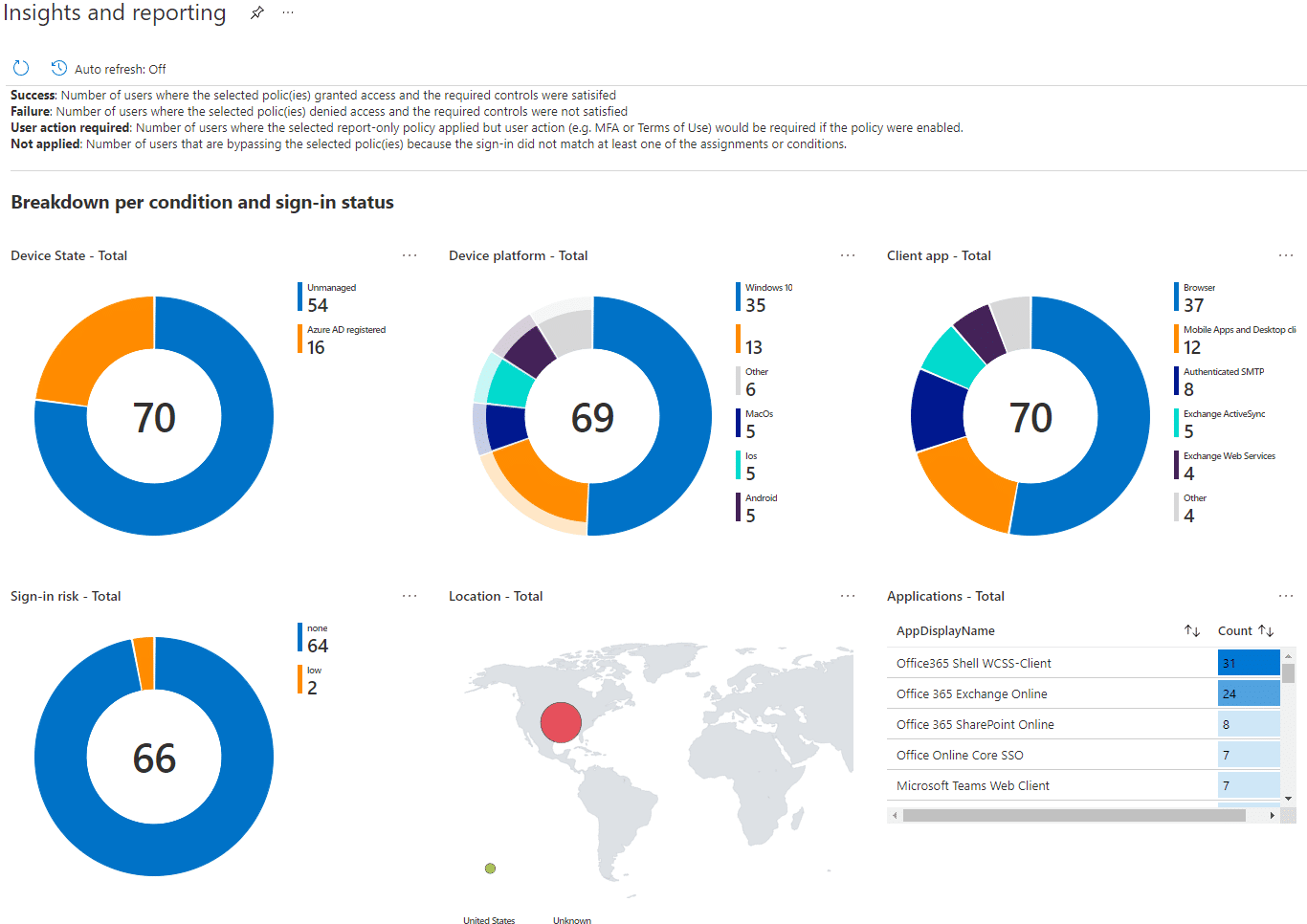Top 3 Cloud Security Problems & How To Solve Them
Cloud Security | Managed IT | Network Security & Cybersecurity
Migrating to the cloud can offer unique benefits. These benefits include improved office productivity, efficiency, IT flexibility, and scalability. Yet, it also comes with one significant challenge; cloud security.
Several businesses don’t understand where their cloud service provider (CSP) responsibilities end and theirs begins. In addition, they don’t know how to set up the proper protection processes to mitigate any cloud security risks.
That’s why it’s essential to understand the most common cloud security problems and how to go about solving each one.
LDI’s cloud services team has worked with several customers who don’t understand how to secure their cloud environment.
We recommend starting with a complimentary IT Security Risk Assessment to evaluate your current security posture and network vulnerabilities. From there, our team of cloud specialists recommends solutions that align with the needs of your business.
This article will break down the top three cloud security problems and solutions. From reading this article, you’ll better understand what security issues to look out for and what security measures to enforce for your cloud environment.
What Are 3 Common Cloud Security Problems & Solutions?
So you’re thinking of moving to the cloud, but you’re afraid of being left wide open for cyberattackers to swoop in and steal your data. No biggie!
We broke down three of the most common cloud security problems. We even provided a few solutions to consider for each.
Let’s review the top three security problems to avoid and how to best solve them.
1. No Cloud Security Strategy
It can be easy to jump right into using cloud solutions without having the proper security plan or strategy in place.

However, before migrating to the cloud, it’s essential to understand your exposure to various threats and how to migrate securely. Threats such as data breaches, phishing scams, and insider threats all pose a risk to your business’s data, operations, and finances.
Therefore, proper planning is required to fight off cyberattacks and prevent devastating financial losses.
Here are a few ways to enforce a robust cloud security framework and strategy:
-
-
-
Frequently Assessing Your Environment For Risks
-
-
Assessing your cloud and IT infrastructure is essential in keeping it secure.
Performing regular IT security risk assessments and penetration tests frequently can help your business better understand its current security state.
Understanding your security posture will help your team or MSP realize areas for optimization and how vulnerable your current environment is to possible risks.
-
-
-
Building Out A Cybersecurity Plan
-
-
A cybersecurity plan should detail the security policies, procedures, and controls required to protect an organization against threats and risks.
Also, it will outline the particular steps to respond to a breach and who to refer to should a breach occur.
We recommend working with a managed services provider or IT specialists with experience in the field to help you map out the best plan of action for your security needs.
-
-
-
Implementing Continuous Security Monitoring
-
-
No matter the size of your business, if your business houses confidential data, it’s smart to consider implementing a security monitoring tool like remote management and monitoring (RMM) software.
Additionally, you can acquire the help of an MSP to remotely monitor your network to track risks as they try to enter your network.
Working with a team of experts can help you feel more at ease. These experts know what to look for and how to remedy an issue should it arise.
2. Improper Credential Protection
Unfortunately, most cloud security threats are often linked to identity and access management problems. What does this mean?

Well, this issue stems from improper credential protection. It can be challenging to manage the excessive number of cloud accounts, administration accounts, and users.
As a responsibility to your business, employees, and end-clients; it’s important to consider adopting credential protocol such as:
-
-
-
Utilizing Two-Factor Authentication
Two-Factor Authentication (2FA) acts as an additional layer of protection to your online accounts.
-
-
Here’s a great example of 2FA. Suppose you need to withdraw money from an ATM. With the combination of a bank card and a PIN, the transaction is allowed to be completed.
This combination of a user’s card and pin number helps authenticate a specific user before completing a transaction or task.
However, beyond just a username and password, your business needs to consider enforcing 2FA, which requires an additional log-in credential.
-
-
- Enforcing Strict Identity Access Controls For Cloud Users
You can think of the Identity Access Controls (IAM) framework as a business’s control over user access to confidential data within their organization.
In other words, for an employee to view, create, or edit a file, that employee needs access. Roles are defined according to the job title, authority, and responsibility of that particular employee within the organization.
IAM captures and records user log-in information. And, it oversees a business’s database of user identities and removes access privileges.
Cloud IAM options include Microsoft Office 365 Integration features, G Suite INtegration, and even the AWS Integration.
They provide a user-friendly access control interface for administrators to authorize who can take action regarding particular resources.
- Enforcing Strict Identity Access Controls For Cloud Users
-
3. Reduced Visibility & Control Over Data
In transitioning your assets or operations to the cloud, you do lose some visibility and control. How?

Well, in using external cloud services from an IT outsourcing company or cloud service provider (CSP), it can be hard to verify the secure deletion of your data.
Data deletion procedures will differ amongst providers. However, you as the customer should always verify what data has been deleted and how to ensure that no remnants are available to cyber attackers.
Let’s review a solution:
-
-
-
Utilizing A Cloud Audit Log
-
-
Cloud audit logs help security teams or CSPs maintain audit trails of an organization’s data.
This tool can keep administrators accountable for accessing and deleting data. It acts as documentary evidence of the sequence of activities about data that’s accessed, moved, or deleted.
In addition to the documentation of data resources accessed and modified, cloud audit logs also include timestamps and user login information.
Cloud audit logs are additional features on cloud platforms like M365 and G-Suite and can keep a close eye on your data.
Are You Preparing To Move To The Cloud?
Whether your company has a stellar in-house IT department with expertise in deploying and managing cloud solutions; or is getting help from a CSP it’s always a good idea to know about common cloud security problems and how to solve them.
Above all, there’s no use in diving headfirst into using cloud solutions without having the best understanding of the security problems to look out for.
At LDI, we recommend cloud solutions to clients looking to migrate to the cloud securely and efficiently.
If you are interested in migrating to the cloud, read our article on developing a cloud migration strategy.